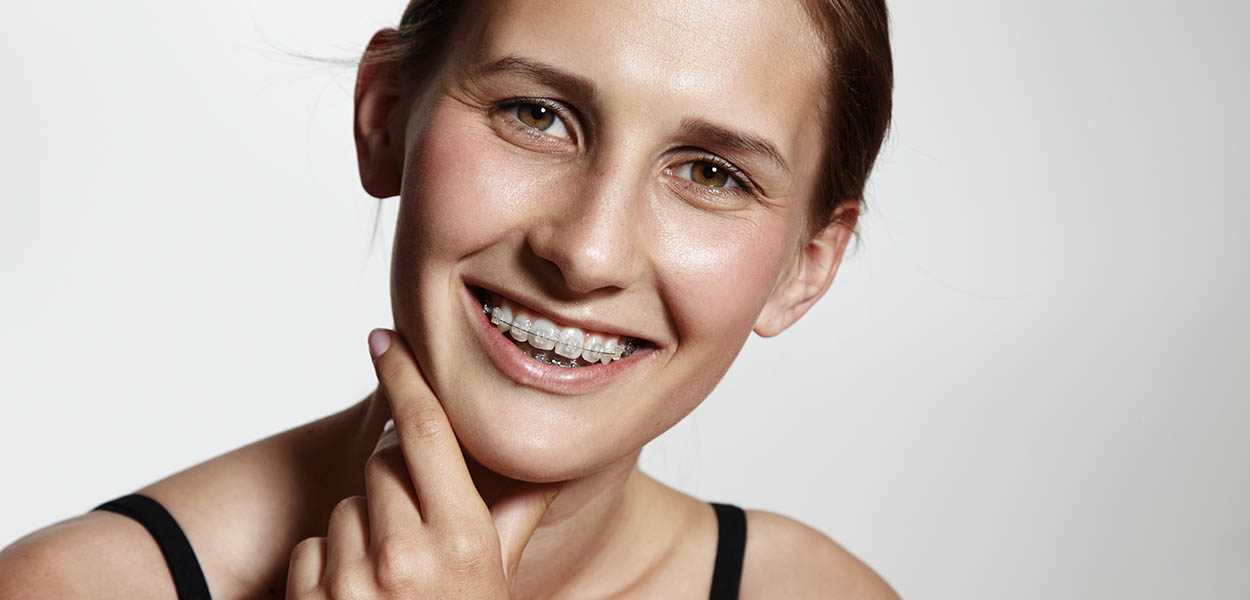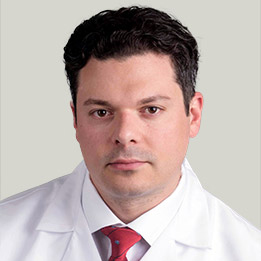Everything You Need to Know About Braces

Getting braces is a big step in one’s life. Whether you are getting braces in your teen years, or have waited until you’re an adult, there are probably some things you are wondering about the process. Dr. Michael Stosich of Stosich Consulting offers everything you need to know, from your initial consult to the day your braces come off.
Initial Consultation
At your initial orthodontic consultation, the orthodontic team will review your dental and medical history, perform an oral exam, and take X-rays and digital imaging. Once this is complete, the orthodontist can craft a diagnosis and treatment plan, individualized to meet your exact needs.
This consultation will also include a question and answer session to ensure you feel comfortable with everything being proposed. You can ask any question you may have at this time. Common questions to ask are:
- What is the approximate time treatment is expected to take? (Please remember your orthodontist can only give an estimate, as every patient responds to treatment differently.)
- What braces option does this treatment plan include, and why is that the recommended treatment? (Some patients may be interested in different treatment options, such as clear aligners, but the orthodontist may not feel the patient is an ideal candidate. Don’t be afraid to ask the orthodontist why.)
- What will happen if we postpone treatment? (Will the malocclusion worsen, making treatment more difficult later? Could it lead to other issues occurring?)
- Who will be providing treatment at all follow-up visits? (Will the patient see the orthodontist regularly, or another member of the orthodontic team?)
- Is the doctor in orthodontist and, more specifically, is he a board-certified orthodontist? Always do a side-by-side comparison of the doctors credentials before making a final choice.
Financial obligations will also be discussed at the initial consultation. Be sure you have a complete understanding of your financial obligations, and that the cost quoted to you is the cost for the entire course of treatment. Your orthodontist should not have hidden fees that can pop up during the course of treatment. Be sure that insurance options are discussed, and that the office has payment plans available to assist with the cost of treatment. A financial coordinator should be made available to help you understand everything you need to know about the cost of treatment.
The Day You Get Your Braces
Once you’ve made the decision to receive orthodontic treatment, you’ll schedule your appointment to have your braces placed. It will usually take one to two hours to place the more traditional types of braces.
The orthodontist will begin by thoroughly cleaning your teeth. This will ensure the bonding glue will adhere properly. The brackets (for metal and ceramic braces) will then be attached. Once set, the archwire will be placed in the brackets and secured with elastic ties. The process itself is not painful, but your teeth may be sensitive for the first day or two after having the braces placed. Stick to soft food, and take an over-the-counter pain reliever if needed.
If you opt for clear aligner therapy, you’ll have a digital scan taken of your teeth. From this scan, your aligners will be created. It can take between three to six weeks to have Invisalign aligners made. When you pick up your aligners, your orthodontist will check to be sure the aligners fit properly and answer any questions you may have.
Follow-Up Appointments
Once your treatment has started, you’ll continue seeing the orthodontist regularly. These appointments are important because they will ensure your treatment is working as it should. Typically, you’ll see the orthodontist anywhere from every 4-8 weeks, depending on the treatment option you are using and your orthodontist. At certain points during your treatment, you may need to come more frequently to ensure the treatment is progressing properly.
At these appointments, your orthodontist is checking to be sure your teeth are moving according to plan, and making any adjustments necessary. For more traditional braces, the orthodontist will change out the archwire, replace elastics, and make any other adjustments necessary. These appointments take about 20 minutes, but they are very important to be sure your teeth are moving as they should.
If you opt for Invisalign or iD Clear Aligners, you will still need to see your orthodontist regularly to ensure your treatment is proceeding as desired. Your orthodontist can make adjustments to your aligner wear, if needed.
The End of Treatment
The process of getting your braces removed will take about an hour. The wire will be removed, and then the brackets will be take off the individual teeth. The teeth will then be polished to remove any glue. The process doesn’t hurt, but you’ll feel a bit of pressure on your teeth.
It is important to note that the day your braces come off isn’t the end of your orthodontic treatment. To ensure your smile stays straight and beautiful, you’ll need to wear a retainer. Once your braces come off, your teeth won’t be ready to maintain their new locations by themselves, so if you don’t wear a retainer as directed by your orthodontist, you may find your teeth moving back to their old locations. This is true no matter what kind of treatment option you had – after braces, you will always need a retainer, and you should wear it exactly as your orthodontist recommends.
You’ve invested a lot of time, and money, into braces, so don’t waste that by failing to wear a retainer, or slacking on your oral care once the braces are removed. To maintain that new beautiful smile, brush and floss, and maintain regular visits with your dentist.
If you have any questions about orthodontic treatment, or if you are ready to begin your orthodontic journey, call Stosich Consulting today at 847-548-4200.


